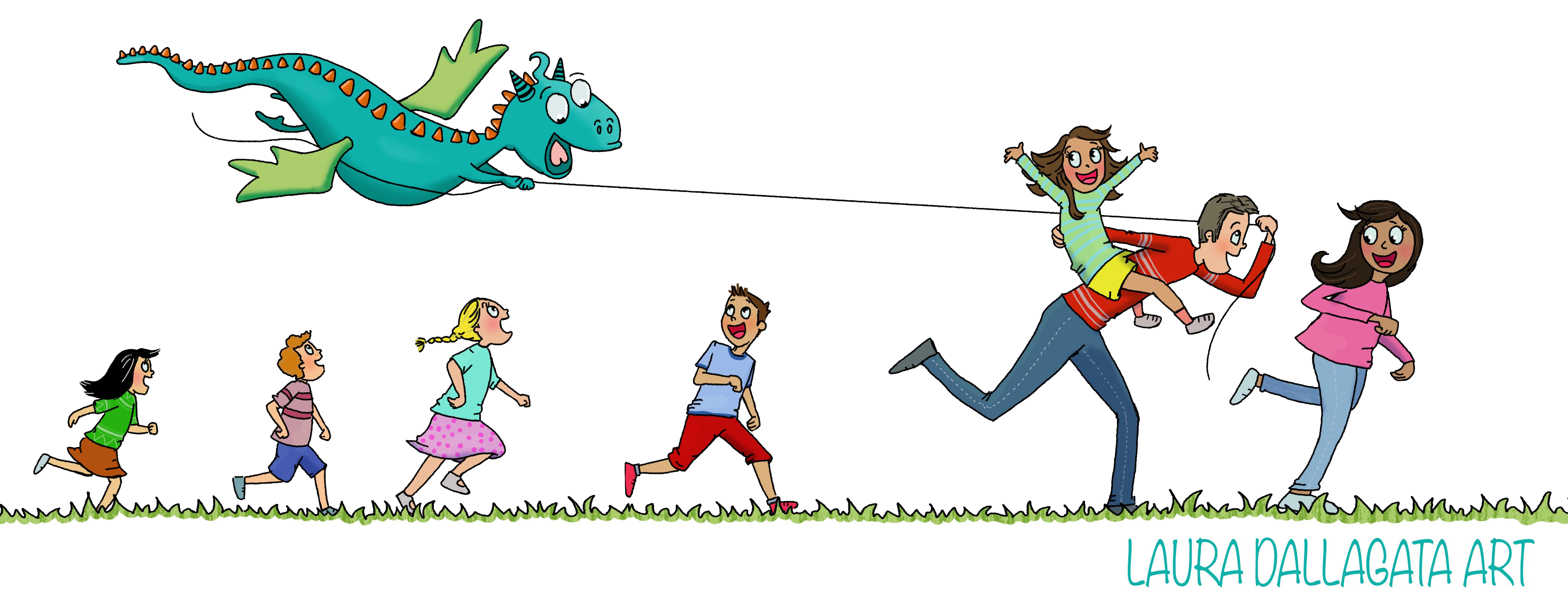by Mathieu Penot
Why and How to Facilitate Hands-on Activities at Home
Hands-on activities are a fundamental way for children to connect their rapidly expanding brain with their physical senses. Through these experiences, they develop cognitive skills that will be crucial while growing as adults, especially in a society in which learning by doing is undervalued once you enter the school system. The memories they form while they tinker and manipulate will serve them as they learn new concepts later on.
These activities are also an opportunity for social interactions that include role distribution, purposeful communication, sharing, and play in general. They play a crucial role in creating a conducive environment for learning. “Peers” and “Play” are two of the four pillars of Creative Learning, as described by Mitch Resnick from the MIT Media Lab in his book Lifelong Kindergarten.
At last but not least, children will develop skills such as problem-solving, convergent and divergent thinking, and creative confidence. You can consider these activities as a long term investment: Skills such as creativity, collaboration, and adaptation are increasingly valued by most employers today (The Skills Companies Need the Most in 2019 by LinkedIn Learning).
Here are four tips to deepen your children’s experiences:
– Let Them Manipulate –
Hands-on activities imply physical manipulations. However, you might find your child struggling with some tasks and, with the noble goal to relieve their frustration, quickly “help them” by solving the obstacles they are facing. Don’t do it! Give them some time to figure things out on their own and to feel the tools and materials they are working with. The more they struggle, the deeper they learn. They will try multiple strategies and learn from each of them, especially the ones that fail. Celebrate the mistakes as they are crucial to learning; the next time they face the same challenge, they will solve it much more quickly.
Concrete Examples
- Hands-off! A simple rule is to never, ever touch your child’s creation. If you want to help, give her/him an oral clue and a load of encouragement.
- Do your own project along with your child. They can observe the way you solve your problems and apply some of the ideas. It’s also an excellent opportunity for discussions.
- Make sure the tools you provide are age-appropriate. If they are new, give your children time to get familiar with them with simple tasks before diving into their projects.
– Ask Open-Ended Questions –
During the activity, the best way to challenge your child and provoke thoughts is to ask questions – but not any kind! Avoid questions that lead to a yes/no answer. Prefer open-ended questions that start with Why? What? When? How? Who? An open-ended question encourages children to use logic and reason to verbally explain their thoughts. It also creates opportunities for you to bounce on their answers to challenge them, build meaningful conversations, or introduce new concepts.
Concrete Examples
- Download the Free PDF – 15 Questions That Always Work
- Give your child some time to think before they answer. Forming a thought is a process that you should respect by accepting a few seconds of silence.
- When your children ask you something, always ponder whether you can use an open-ended question to guide your children towards finding the answer themselves. For example: “Why are the fish covered with scales?” -> “Where do fish live? How is it different from where we live?”
– Dive in Their Story –
Your children have a tremendous imagination. They might bring the activity you proposed to their own world. In terms of learning, it doesn’t matter if the car they build is a firefighter truck or a dinosaur on wheels. The more interested they are in the subject, the more efforts they will put to solve challenges. Your child’s interests are your best allies in getting your children motivated to go through complex activities. Play is a powerful lever. Let the child be the captain and jump aboard!
Concrete Examples
- Give your child and yourself a “play name” that is related to the activity. “Today, I’ll be Captain Dino, who do you want to be?”
- Inspire your children by providing stickers or magazines they can use images from, or have pencils and markers available at all times.
– Stay Positive –
Children learn best by overcoming challenges, but frustration and discouragement can get on the way. Your role is to provide an environment where they can safely fail and try again without being judged or losing their enthusiasm. Be their cheerleader! Encourage them at all times, through successes and mistakes, be that confident partner that they can rely on. From great battles come great victories!
Concrete Examples
- If your child shows signs of frustration and is ready to give up on a task that he struggles with, lead her/him to an exercise that you know he can achieve. It will help boost her/his confidence.
- A simple high-five after a small achievement goes a long way!
Now it’s time to find great activities! Put these tips in action and have fun!
Download the Free PDF – Summary of The Facilitation Tips and stay tuned to LittleDragon for great activities tutorials to come!

